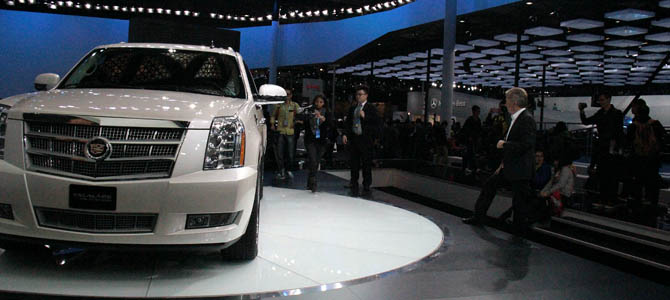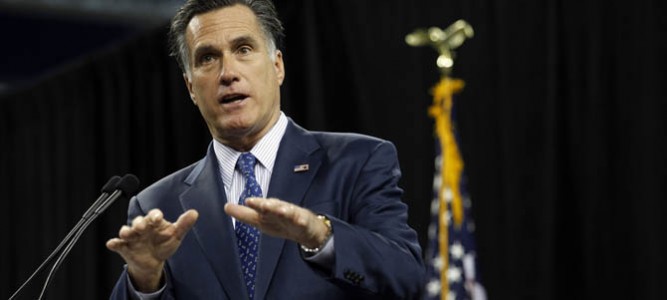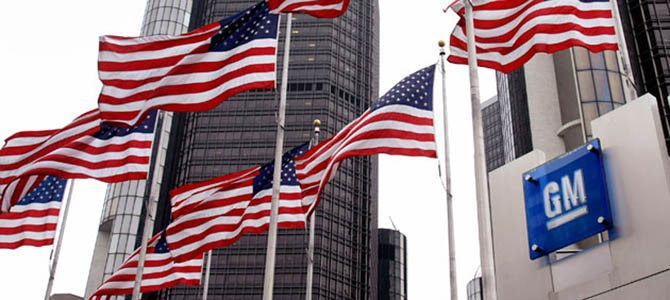A good friend of mine, a brilliant dev/ops guy with several successful startups under his belt, option-trades Tesla’s stock when he’s not developing cloud systems and social platforms. Like many successful tech workers, this friend has an unshakeable faith in technological progress which underpins his support for Tesla. “Look,” he tells me when I suggest that Tesla’s stock valuation is wholly unmoored from its fundamentals, “new technology takes over and transforms everything. We see it again and again in other sectors, why wouldn’t it be the case for cars?”
His favorite example: the transition from film to digital photography. “Sure, it was crazily expensive to develop… but it matured rapidly, took over the market and nobody looked back. Why wouldn’t electric cars be the same?” Attempting to answer his question got me thinking: what would it take to fundamentally revolutionize the auto industry to the extent that digital revolutionized film? More specifically, what would the “digital” car look like?












